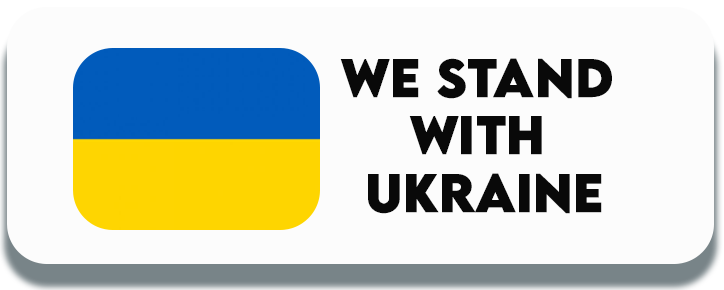Despite the current advancements in other types of advertising techniques, such as social media and mobile advertising, email marketing strategy remains one of the most effective ways companies can communicate with customers, enhance revenues, and boost brand loyalty.
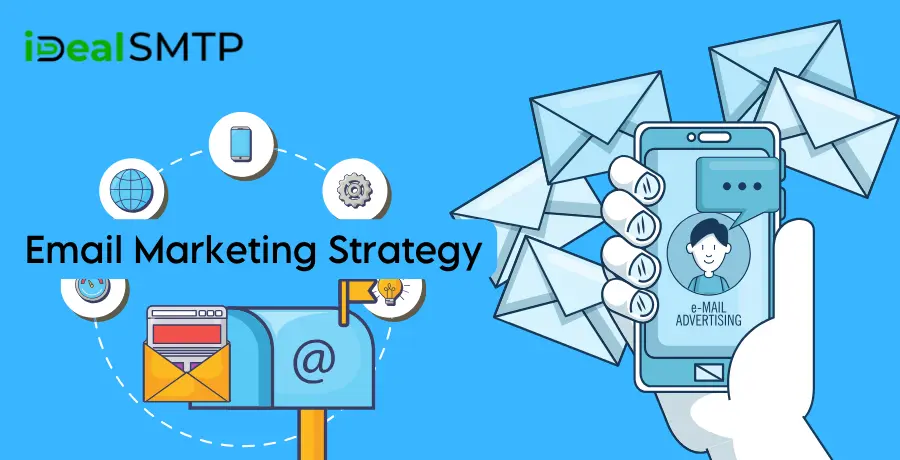
Thus, it is entirely feasible to transform your email campaigns into actual marketing machines by ensuring that you have a proper plan in place.
The objective of this blog will be to analyze key concepts in email marketing that may enhance your campaigns and help you achieve your goals.
Table of Contents
Pricing
| Trail Plan | Standard Plan | Premium Plan | Professional Plan |
| $50 | $145 | $185 | $225 |
| Sending Limit | Sending Limit | Sending Limit | Sending Limit |
| 1000 Emails/Hour | 1500 Emails/Hour | 3000 Emails/Hour | 5000 Emails/Hour |
Best Email Marketing Strategies
Here are the components of the best email marketing strategies to raise engagement, deliverability, and the level of income. Here’s a step-by-step guide to crafting a top-notch best email marketing strategy:
Segmentation: Choosing the Correct Audience to Target
Successful use of email marketing strategy to deliver marketing messages is anchored on segmentation. Ideally, you will segment your email list into smaller micro lists based on a certain criterion such as engagement level, purchase behavior, or demographic nature to offer more specific content that addresses their needs more affected.
The kind of segmentation that involves categorizing the market according to age, gender, location, or income level is referred to as demographic segmentation.
- Behavioral Segmentation: Divide the market based on email engagement, online interactions, or past purchases.
- Psychographic Segmentation: Take interests, values, and lifestyle into account.
- Engagement-Based Segmentation: Reengage inactive subscribers by separating them from active ones based on how recently they have interacted.
Your emails will be more relevant and have higher open and conversion rates if you personalize them based on these groups.
Personalization: Creating a One-on-One Experience
There’s more to personalization than just calling your subscribers by first name. It entails customizing every aspect of the email experience to each receiver based on their preferences, actions, and previous contacts with your company.
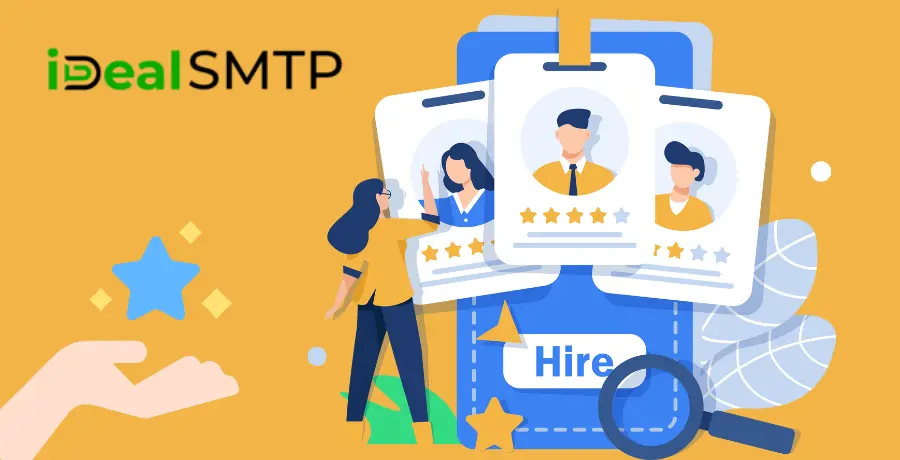
- Dynamic material: To display different material to different email segments, use dynamic content blocks.
- Personalized Offers: Provide suggestions for goods or services based on your browsing or past purchases.
- Behavior-Triggered Emails: Send out automated emails in response to particular user actions, such as viewing a product, abandoning a cart, or finishing a download.
Your communications feel more relevant and interesting with these personalized additions, which boosts conversion rates.
A/B Testing: Refining Your Approach
It is fundamental to perform split testing, or more commonly, A/B testing with your email marketing. A/B testing is the best email marketing strategy. There is always a way to know which variations of your emails your recipient’s audience responds to best through the trial of different subject lines, copywriting, call-to-action buttons, and graphic images.
- Subject Lines: Try using different numbers of words, various tenses, and different lengths of utterances to establish what will make a converter or companion more open. Make trials of different offers, messages, and value propositions in your email copy.
- CTAs: Try out different words, different colors, and the location of call-to-action buttons.
- Sending Times: Perform trials with different hours of the day and days of the week to ascertain when it is most appropriate to disseminate information to the target population.
What a great idea to conduct A/B testing more than once and be confident that your strategy is aligned with your audience’s needs and make your emails even more effective.
Automation: Streamlining Your Campaigns
In the same way, you may gain time and enhance subscribers’ experience by delivering punctual and relevant emails without their interference.
- Welcome Series: Welcome your audience to your brand and then assist them in buying your products through an automated set of emails.
- Drip campaigns: This kind of email marketing implies that emails are sent out in intervals after the subscribers’ actions or in equal time intervals.
- Re-engagement campaigns: Auto-send offers or any other content for reactivating inactive subscribers.
Through correct message targeting at the right time, the subscriber list gives high conversion rates hence improving engagement.
Adapting Mobile Optimization to the Always-On Audience
You must optimize your emails for mobile, as over 50% of emails are accessed on mobile devices. Regardless of the device being used, a mobile-friendly design guarantees that your emails look fantastic and are simple to read.
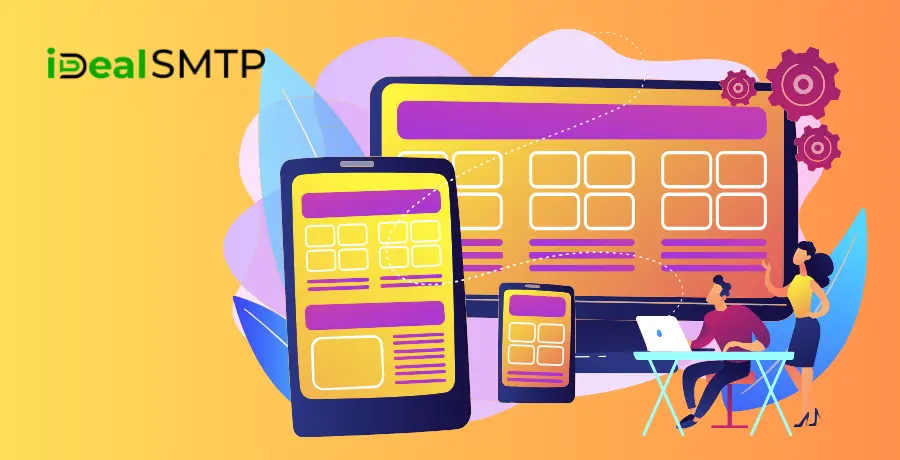
Make sure your emails have a responsive design so they can adjust to various screen sizes and orientations.
- Short Subject Lines: To avoid having your subject line cut off on tiny screens, keep it brief.
- Simple Layouts: To increase mobile readability, use single-column layouts, large fonts, and buttons that are easy to click.
Emails that are optimized for mobile devices improve user experience, lower bounce rates, and boost interaction.
Content Excellence: Adding Value to Each Email
The foundation of your approach is the substance of your emails. Good, useful content motivates readers to act and maintain their interest.
- Educative Content: Share knowledge, advice, and how-tos that are pertinent to the requirements and interests of your audience.
- Exclusive Offers: Provide early access, exclusive discounts, or VIP content as a way to thank subscribers.
- Telling Captivating Stories: To establish a stronger bond, and provide behind-the-scenes material, brand milestones, or client success stories.
Your emails will be truly helpful to your audience and promotional if you strike a balance between promotional content and useful information.
Unambiguous Call-to-Actions (CTAs): Orienting Your Viewers
Conversions are fueled by the call-to-action (CTA) in the best email marketing strategy. A subscriber’s decision to interact with your content or ignore it may depend on how obvious and appealing your call to action is.
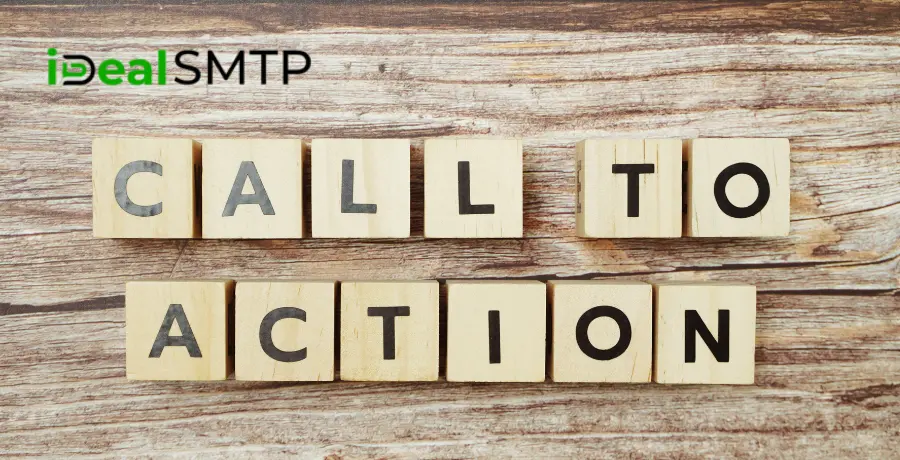
Use powerful verbs that compel instant action, such as “Shop Now,” “Learn More,” or “Get Started,” to create actionable language.
- Visibility: Use bold fonts, contrasting colors, and thoughtful positioning to make your CTA stand out.
- One Main CTA: To prevent giving the reader too many options, concentrate on just one main action in every email.
Whether the intended action is to download a resource, register for a webinar, or make a purchase, a well-written call to action directs your audience toward it.
List Hygiene: Maintaining an Organized and Up-to-Date List
Keep your email list clean to ensure deliverability and engagement. Maintaining an up-to-date list guarantees that your emails are received by engaged and interested subscribers.
- Eliminate Inactive Subscribers: Delete any subscribers from your list that haven’t interacted with you for a predetermined amount of time.
- Verify Email Addresses: Make use of technologies to find and eliminate unsafe or invalid email addresses.
- Re-Engage Dormant Subscribers: Make an effort to re-engage dormant subscribers with targeted campaigns before terminating them.
By using list hygiene techniques, you may increase your sender reputation and make sure that emails land up in the inbox rather than the spam bin
Compliance: Complying with the Law
Respecting email marketing rules is essential to preserving credibility and avoiding fines. Ensure that your emails abide by applicable laws and regulations, such as CAN-SPAM and GDPR.
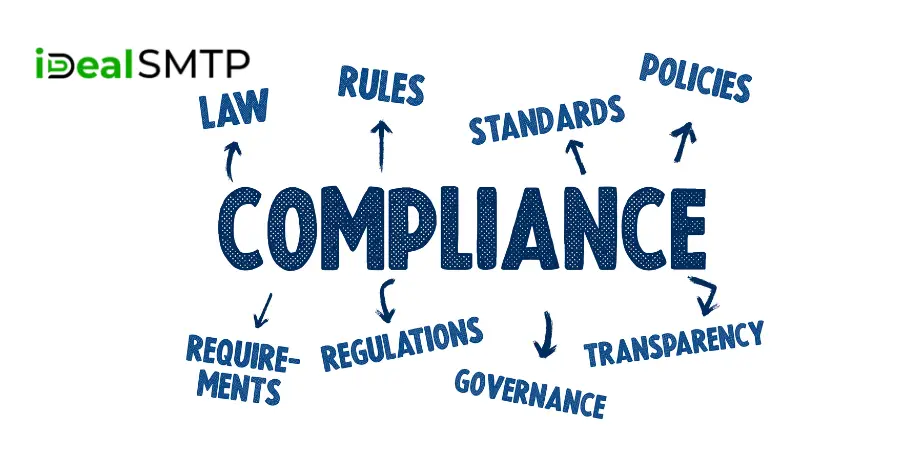
- Get Consent: Verify that you are allowed to send emails to your subscribers.
- Provide Unsubscribe Links: Make it simple for recipients of your emails to unsubscribe.
- Provide a Physical Address: As required by law, provide a physical mailing address in the email footer.
Maintaining compliance not only helps you stay within the law but also fosters audience trust.
Analytics: Assessing and Enhancing Results
It is imperative to consistently examine your email statistics to comprehend the effectiveness of your campaigns and pinpoint opportunities for enhancement.
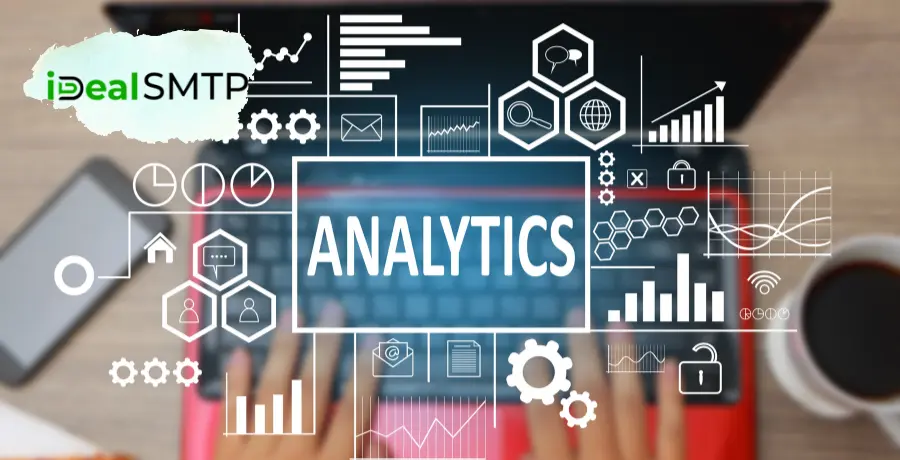
- Open Rates: Determine how well your subject lines and email timing work.
- Click-Through Rates (CTR): Assess how pertinent your CTAs and content are.
- Conversion Rates: Monitor your email’s conversion rate to see how successfully it motivates the intended activities.
- Unsubscribe Rates: Determine which content or approaches might be driving away subscribers.
You may gradually enhance performance, hone your tactics, and produce greater outcomes by examining these measures.
Email Marketing Strategy Examples
Here are some detailed examples of successful best email marketing strategies that various companies have used to achieve their goals:
Welcome Email Series – Spotify
An automated welcome email is an email for new customers to warm up and introduce them to the company and this is called the welcome email series Spotify.
- Strategy: During onboarding, the first-time users of Spotify are taken through the platform through a series of welcome emails. The first email is a welcome message informing the user that they have been registered and pointing out some fundamentals to get started with. The following emails explain how the user can create his/her first playlist, get to know the new music, and find out about some special content.
- Outcome: This email marketing strategy example is appropriate to make new users get acquainted with the platform, engage the existing users, and reduce the number of users who are likely to leave and abandon the platform.
Personalized Product Recommendation – Amazon
- Strategy: Amazon provides users with product recommendation emails that are generated from the user’s browsing, purchase, and search history. Some of these emails have products that are related to previous purchases or products that the user has browsed but has not purchased yet.
- Outcome: Through the assortment of customized shopping experiences, Amazon enhances its chances of customers making a repeat purchase and urges higher conversion rates.
Cart Abandonment Emails – Nordstrom
- Strategy: If a customer abandons products in the cart provided in online shopping then Nordstrom follows up with the customer via email. The link to the cart together with a CTA to proceed with the purchase is usually provided in this email. Sometimes on the website, a specific code is used to order, giving a certain percentage of discount.
- Outcome: It is an effective email marketing strategy examples of regaining sales since it nudges the consumer into remembering that they were making a purchase and offers more incentive to do so.
Top 10 Email Marketing Campaign Tools
Today, email marketing campaign strategy takes a significant position in digital marketing use and it is equally a very effective way to address the targeted audience and create engagement. Here’s a list of the top 10 email marketing campaign tools, including some emerging and innovative platforms:
1. iDealSMTP
iDealSMTP is an effective solution for email marketing services; it is developed specifically for business companies. It emphasizes achieving a high open rate, which means your emails get delivered to the target audience, effectively.
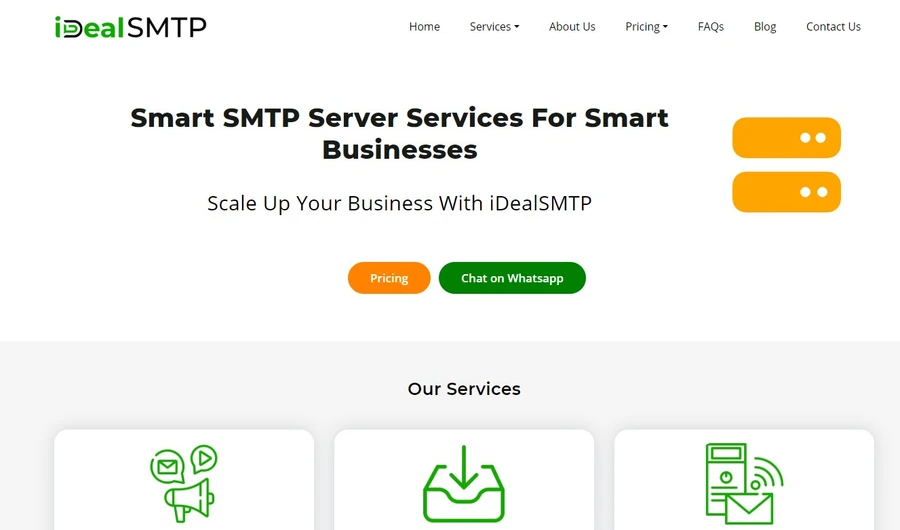
Key Features:
- High deliverability rates
- Advanced email analytics
- It is compatible with several other platforms.
- Cost-effective pricing plans
2. SMTPget
SMTPget is the best email marketing campaign strategy tool that has been developed to assist different businesses in sending and managing numerous emails in their organizations. This is popular for the ease of its interface and its heavy emphasis on the delivery of emails as well.
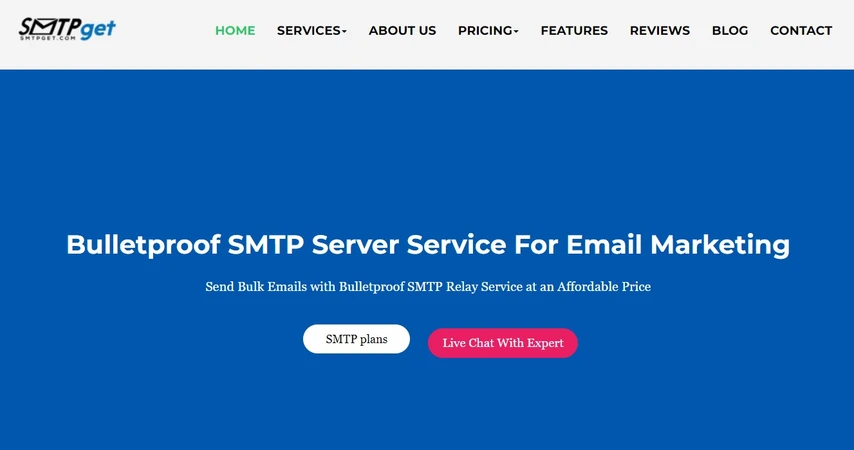
Key Features:
- Easy-to-use dashboard
- Advanced spam filter bypassing
- Comprehensive analytics
- When the business is quite large, the solutions have to be matched accordingly.
3. DigitalAka™
DigitalAka™ is a comprehensive digital marketing solution that provides all essential tools for promotion, but the most attention could be paid to the email marketing option. This is the best email marketing service provider for businesses in search of a one-stop solution for all their marketing needs.
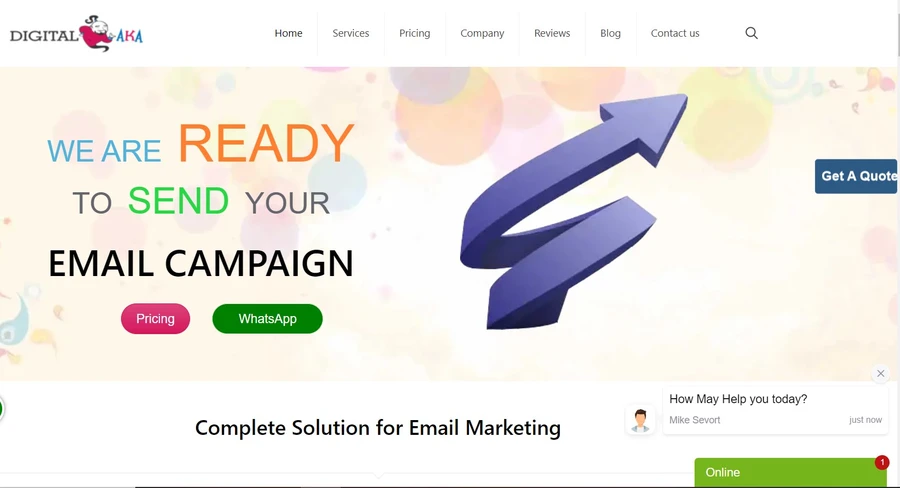
Key Features:
- Integrated digital marketing tools
- Personalization and automation capabilities
- Detailed reporting and analytics
- Customizable templates
4. MailChimp
Mailchimp is among the leading email marketing campaign strategy tools because of the general usability and functionality that caters to both amateur and professional marketers.
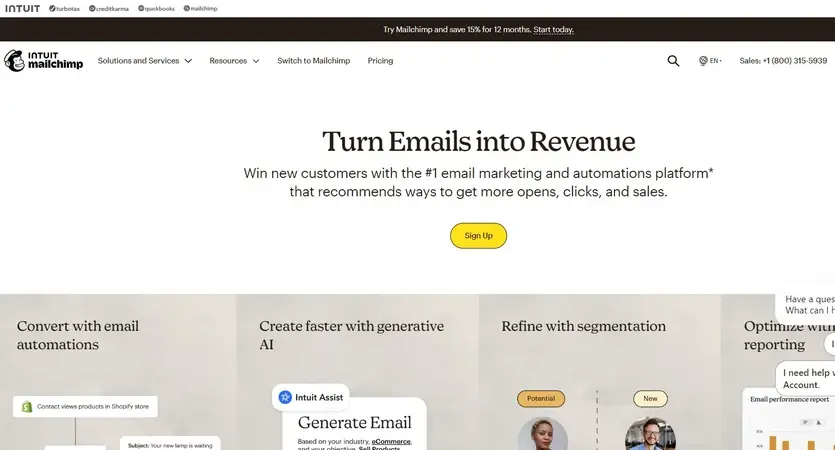
Key Features:
- Drag-and-drop email builder
- Audience segmentation
- A/B testing capabilities
- Integrating with other platforms such as other e-commerce sites
5. Constant Contact
Constant Contact has been around for quite some time and it has several tools available for enabling businesses to create and sustain good relationships with the target market.
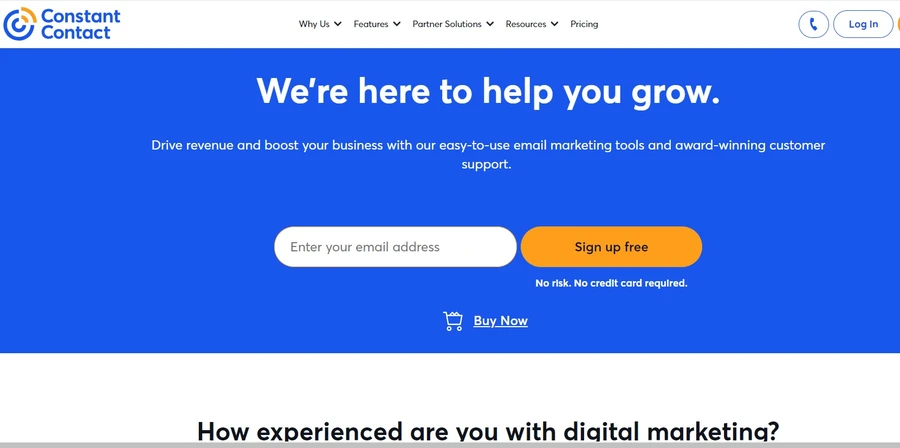
Key Features:
- Intuitive email editor
- Social media marketing integration
- Real-time analytics
- Event management tools
6. SendinBlue
SendinBlue has a variety of features that one can also use for Email marketing and SMS marketing if a business needs multiple-channel marketing.
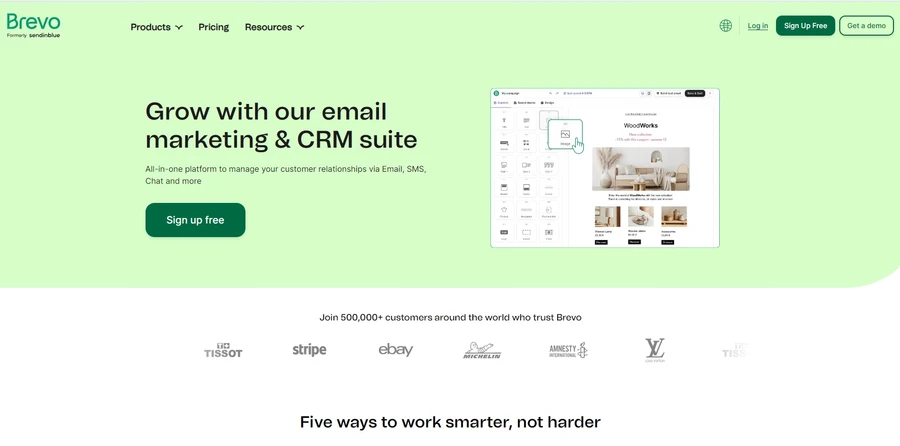
Key Features:
- Transactional email support
- Marketing automation
- SMS marketing integration
- Affordable pricing plans
7. ActiveCampaign
ActiveCampaign is a famous email marketing campaign strategy tool for its strong automation possibilities, which is why it is a great tool for companies with very productive email marketing campaigns.
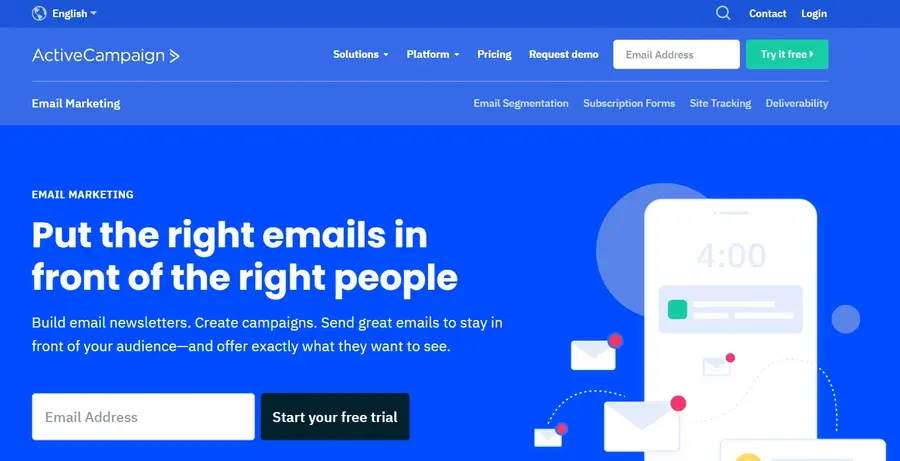
Key Features:
- Advanced marketing automation
- CRM integration
- Behavioral targeting
- Email segmentation and personalization
8. HubSpot
HubSpot specifically is a web-based suite of tools for marketing, and its main product offering includes email marketing among others. It is well suited to those organizations that would like to embrace email marketing with other techniques of inbound marketing.
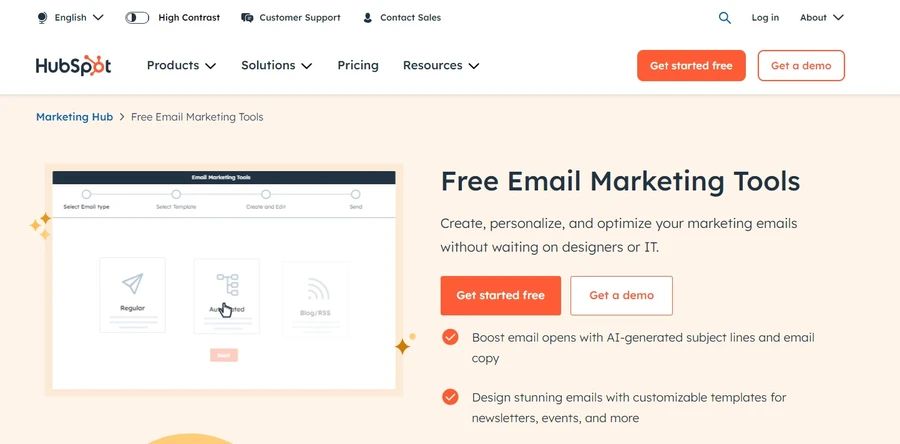
Key Features:
- Seamless CRM integration
- Advanced personalization
- Automated workflows
- In-depth analytics and reporting
9. AWeber
AWeber is one of the easiest-to-use email marketing tools with basic features suitable for small businesses and entrepreneurs. It has the largest collection of email templates.
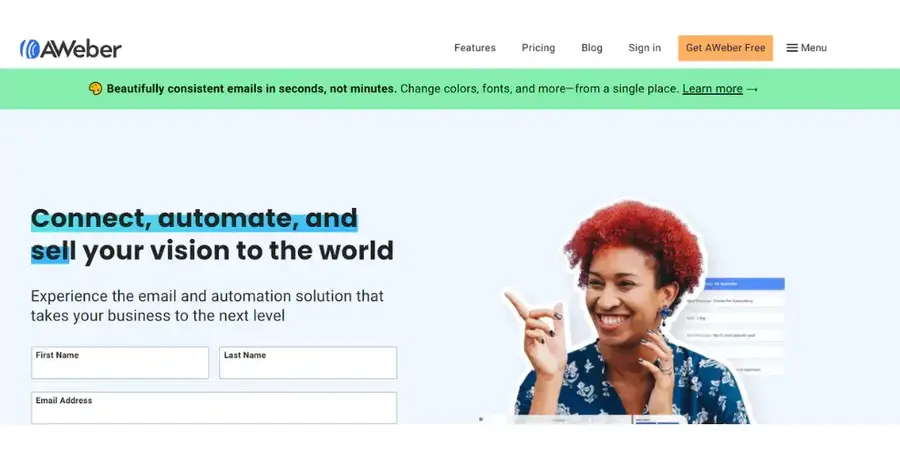
Key Features:
- Easy email creation
- Automation and segmentation
- Detailed email analytics
- Subscriber management tools
10. GetResponse
GetResponse is a multi-purpose email marketing solution that enables users to engage in email marketing as well as marketing automation, landing pages, and webinars.
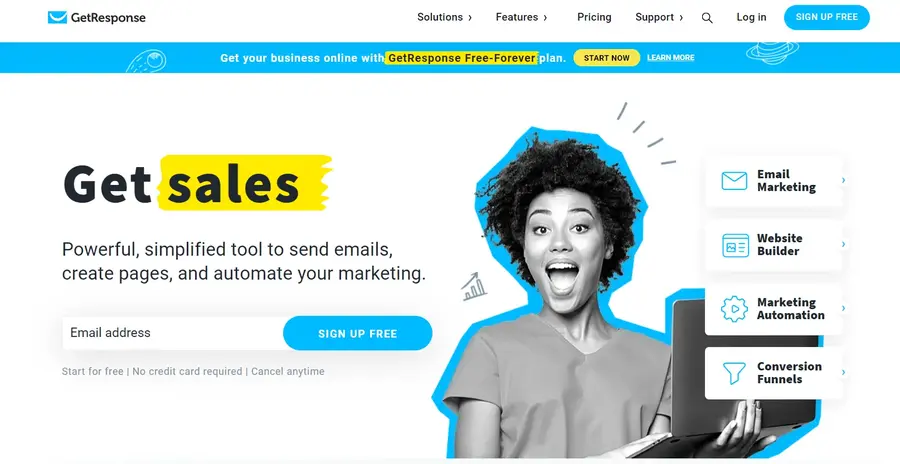
Key Features:
- Marketing automation workflows
- Landing page creator
- Webinars and video marketing
- Detailed analytics and reporting
Conclusion
Although email marketing is a very effective tool, the tactics you use will determine how successful it is. Segmentation, personalization, automation, and constant development are key components of email marketing that connect with your audience and provide significant outcomes.
Regardless of your level of experience, these tactics will enable you to maximize the effectiveness of your email marketing campaigns.

